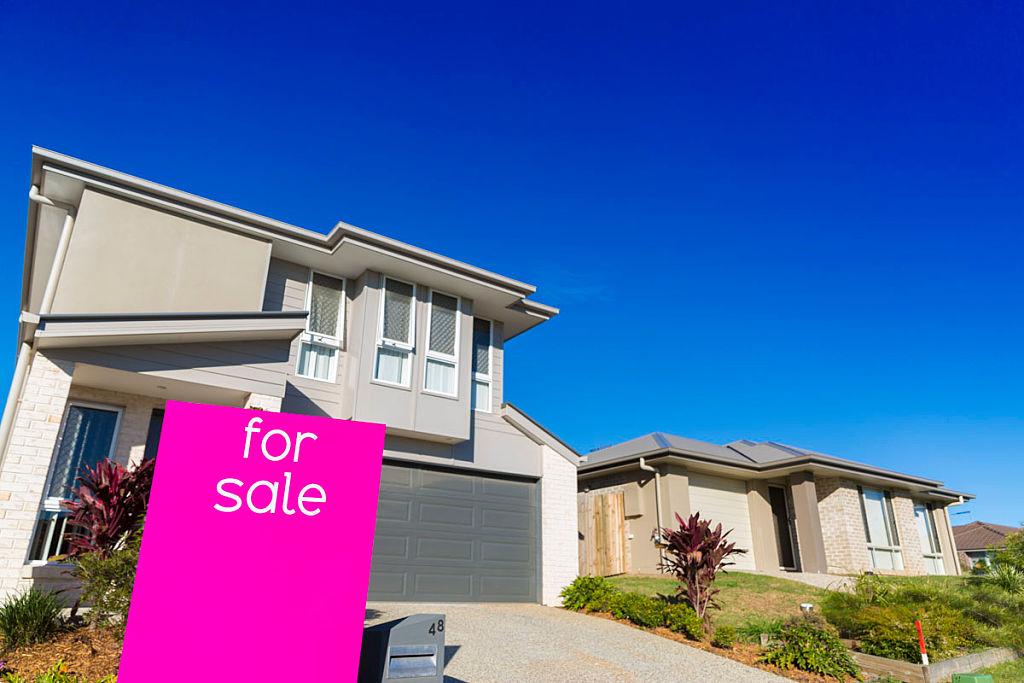Rising house prices across Australia are expected to continue as owner-occupier’s rush to take advantage of record-low interest rates and government incentives.
Sydney residential prices, which have already surpassed the 2017 peak, are expected to rise 19 percent this year. While Perth house prices are also predicted to rise 19 percent, followed by Hobart (18 percent), Melbourne, Brisbane, and Darwin (16 percent), and Adelaide (13 percent), according to ANZ research.





